Dien Bien

Dien Bien is the westernmost province of the Northwest region. A Pa Chai - a tri-point border junction between Laos, Vietnam, and China - marks the farthest western point. Its name means “solid frontier”, reflecting the strategic importance of this land. The province is closely associated with the historic victory of Dien Bien Phu, one of the most iconic symbols of the Vietnamese people's struggle for independence and freedom.
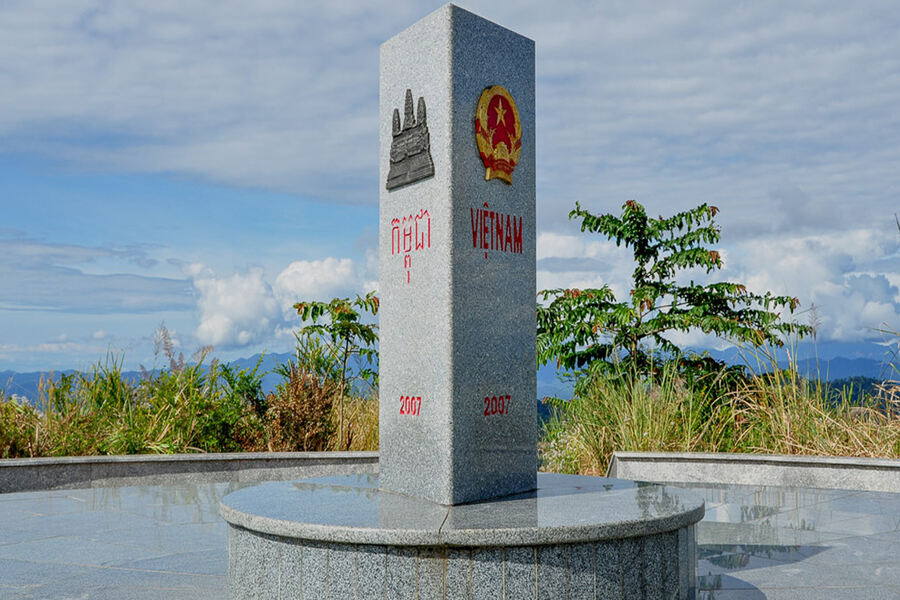
Border marker between three countries in A Pa Chai. Photo: VOV
Therefore, it attracts numerous tourists to visit historical sites. But there's more than meets the eye. Dien Bien has a wealth of opportunities for eco-tourism and cultural experiences because of 19 ethnic minority groups living between the vast forests. Join Asia King Travel as we delve into everything you need to know about here.
Dien Bien was once part of the ancient kingdom of Nam Chiao. Dai Viet began to exert control over the region during the Ly Dynasty. Throughout most of the feudal period, the Northwest region was under the jurisdiction of Hung Hoa Province. In 1909 the French Governor established Lai Chau Province, encompassing present-day Lai Chau and Dien Bien.
This once-remote mountainous region gained worldwide fame for the Dien Bien Phu Victory of the Vietnamese Army against the mighty French in 1954. It put an end to French colonial rule in Indochina.
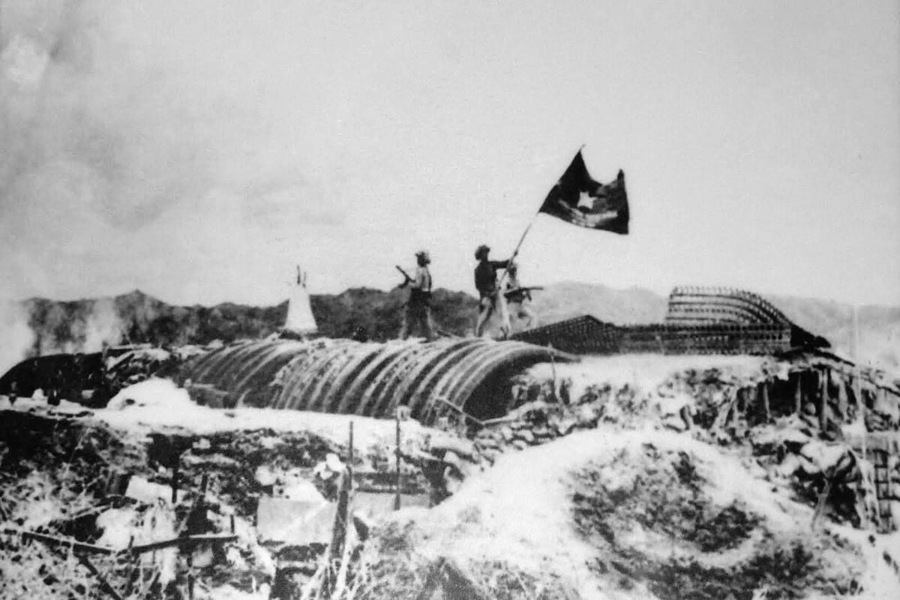
The Vietnamese flag triumphantly waved over the French military command. Photo: Wikipedia
In late 2003, the Vietnamese Government decided to divide Lai Chau Province into two new provinces: Lai Chau and Dien Bien. The new Dien Bien Province was officially established on January 1, 2004. The most recent administrative boundary adjustment took place in 2012. Currently, Dien Bien Province consists of one city, one town, and eight districts.
The Battle of Dien Bien Phu was the final battle that determined the outcome of the Indochina War began in 1946. Despite Vietnam's declaration of independence in 1945, France refused to recognize its former colony. Peaceful negotiations failed, the war between France and Vietnam erupted on December 19, 1946.

Generals Navarre, De Castries, and Cogny went to survey the Dien Bien Phu battlefield. Photo: Wikipedia
After eight years of prolonged warfare, it became apparent that France could no longer sustain the war. They were also on the defensive on the battlefield. Their solution was to construct a fortified base at Dien Bien Phu, hoping to prevent a Vietnamese victory and force them to sign a peace treaty on favorable terms.
General Vo Nguyen Giap and his comrades divided the plan to attack Dien Bien Phu into three phases. On March 13, 1954, the first shots were fired into Muong Thanh Airfield. After 17 days of attacks, the Vietnamese forces had weakened the northern part of the base.
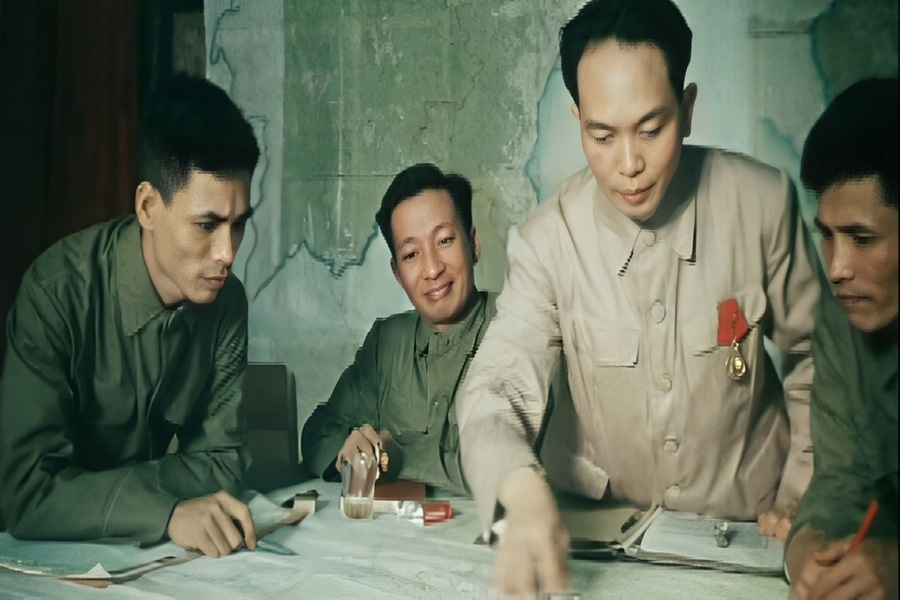
General Vo Nguyen Giap and his comrades planned an attack on the French military base. Photo: Quang Ngai Web Portal
The second phase began on March 30th, with Vietnamese forces launching a coordinated attack to encircle the central area, but the French put up fierce resistance. Both sides fought for every trench and hill. Neither side could gain a decisive advantage at Hill A1 and C1 for 30 days. Eventually, the base was completely encircled and came under artillery fire from the Vietnamese forces.
The final, all-out attack aimed to eliminate the remaining enemy positions. The French were now demoralized and desperate. To overcome the defenses on Hill A1, the Vietnamese dug tunnels underneath the hill and planted a large amount of explosives. The explosion demolished the enemy bunker, opening a path for the assault. The remaining positions were unable to withstand the Vietnamese onslaught.
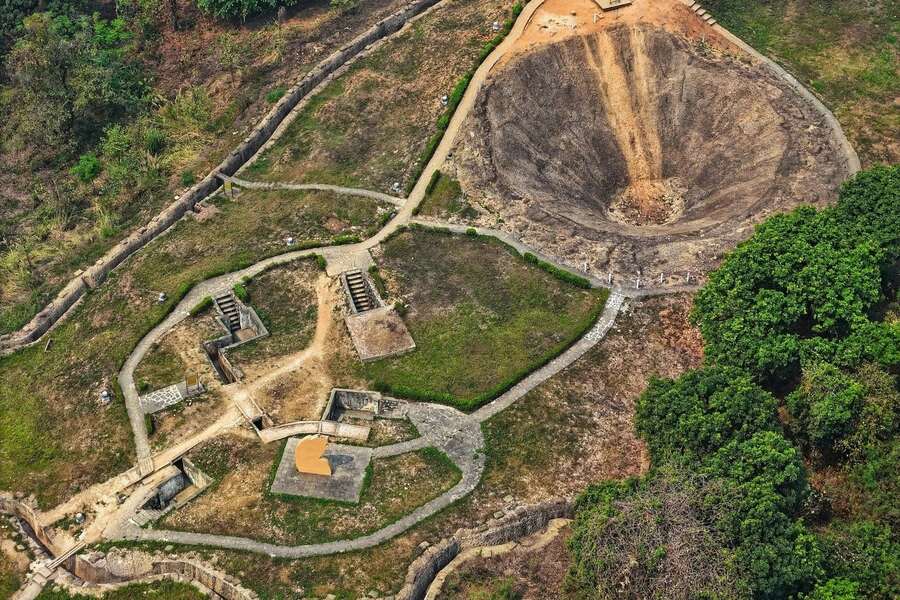
Trenches and bomb craters on Hill A1. Photo: Dan tri
On May 7, 1954, General De Castries surrendered. The Vietnamese flag flew over the French command post. The victory at Dien Bien Phu crushed any French ambitions of re-conquering Indochina. Moreover, it inspired colonies worldwide, leading to uprisings and independence movements in many countries. "You can defeat an army, but not a people", General De Castries remarked.
Suggested for you: Dien Bien Tour 2 days
The early part of the year is the ideal time to visit Dien Bien. Enjoy safer travels with less rainy weather. The climate is pleasant with warm temperatures, unlike the colder Northeast. In March, the characteristic white ban flowers of the Northwest bloom everywhere, providing you with stunning photo opportunities.

White ban flowers herald the arrival of spring. Photo: Du lich Dien Bien
Dien Bien Airport serves domestic routes. Passengers can take direct flights from Hanoi and Ho Chi Minh City with a frequency of 3 flights per week. Roundtrip fares range from VND 1.6 to 2.8 million. Vietnam Airlines provides the best services while Viejet promotes cheaper ticket prices.
Hanoi to Dien Bien is 450 kilometers long by road. The journey by coach via National Highway 6 takes about 10 hours. The route passes through many scenic mountain passes, so if you enjoy adventure, you can self-drive. Remember to drive safely and check the weather forecast for rain and floods.

Pha Din Pass - one of the four highest passes in Vietnam. Photo: Travellive
Accommodation options are mainly concentrated in Dien Bien Phu City. Muong Thanh Dien Bien Hotel, Him Lam Hotel, Phuong Nam Hotel and An Loc Hotel offer room rates ranging from VND 700,000 to 1,200,000 per night. Budget travelers can find more affordable options at guesthouses and homestays, with rates starting below VND 300,000 per night.
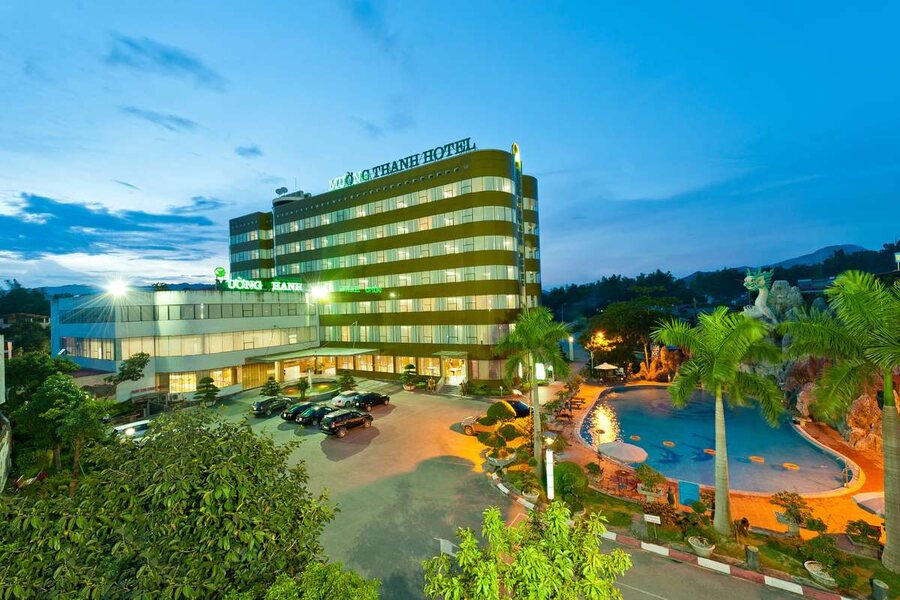
Muong Thanh Dien Bien is the first hotel in the famous Muong Thanh hotel chain throughout Vietnam. Photo: Muong Thanh Hotel
The stunning mountains and forests of Dien Bien, combined with its historical significance, make it a must-visit destination. With a visit to Vietnam, you can explore it all. Let Asia King Travel help you plan your Northwest adventure today.
Suggested for you: Northwest Vietnam Cycling Tour 4 days: Sapa to Dien Bien Phu
Asia King Travel's “Vietnam Laos Tour 6 days: An Overland Biking Experience” wil...
Our Dien Bien Tour 2 days offers travelers a glimpse into Vietnam's heroic past....
Join the Dien Bien Phu Tour 3 Days 2 nights to explore the historic battlefields...